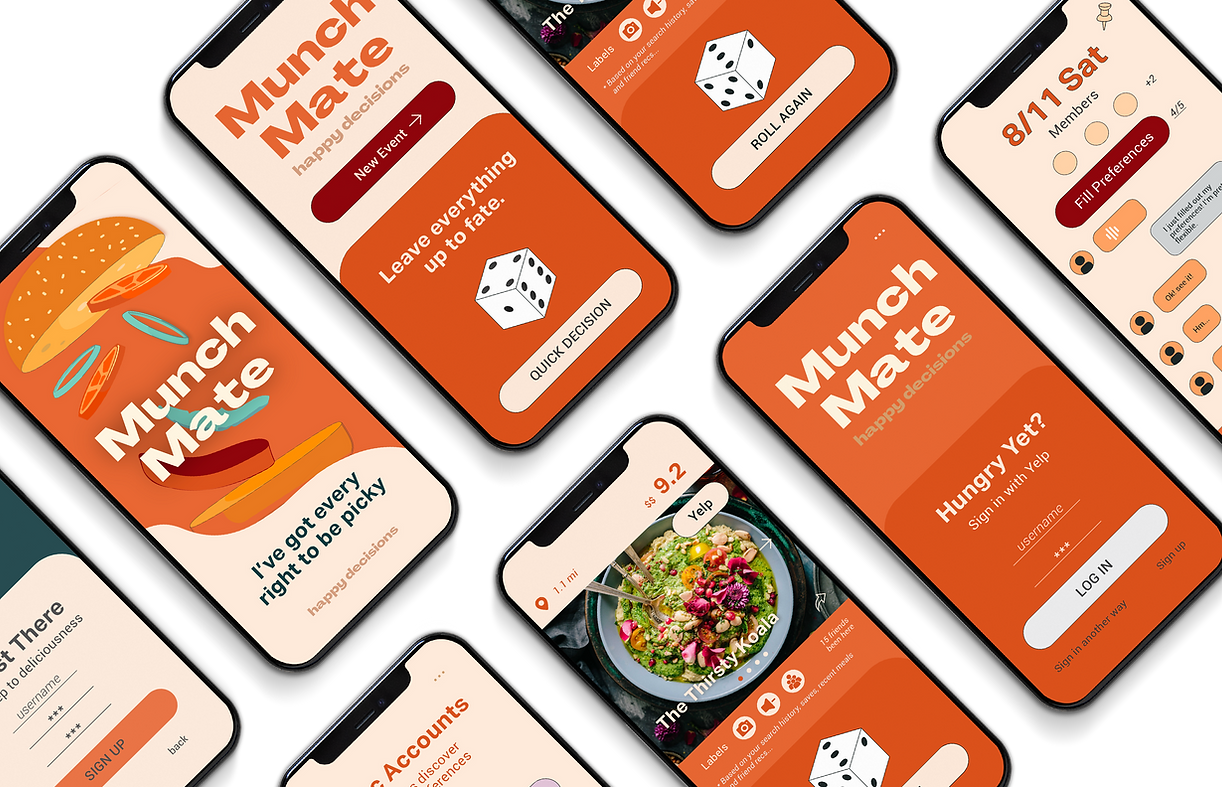Munch Mate
Decision-Making App for Food Choices
UI/UX
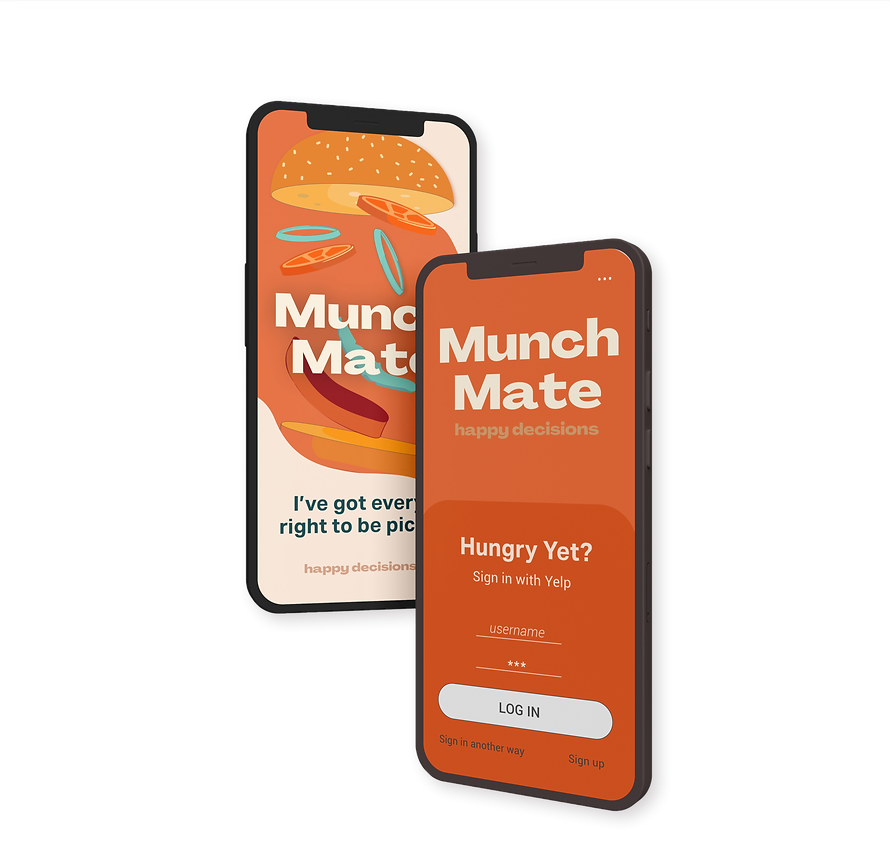
ROLE
UI/UX designer
and branding
DURATION
12 Weeks
TIME FRAME
Jan 2023 -
March 2023
Eating Indecisiveness Dilemma
OVERVIEW
In a world filled with endless dining options, many individuals find themselves overwhelmed and paralyzed by the daunting task of deciding what to eat. The struggle of choosing a restaurant, dish, or even a type of cuisine can lead to stress and wasted time. This common problem has inspired the development of the "Munch Mate" app, a solution designed to alleviate eating indecisiveness.
Design Process
Week 1-4
User Interview,
Second Hand Research,
Affinity Map,
User Journey,
Competitive Analysis

01
Empathize
02
Define
03
Ideate
04
Prototype
05
Iteration/
Test
Week 4-5
User Personas,
Identify Pain Points,
Findings,
Opportunities
Week 6-8
Work Flow Analysis,
User Flow
Analysis,
Week 9-10
Wireframe,
High Fidelity
Week 11-12
Usability Test,
Iteration
Iteration alternating
between
4-5
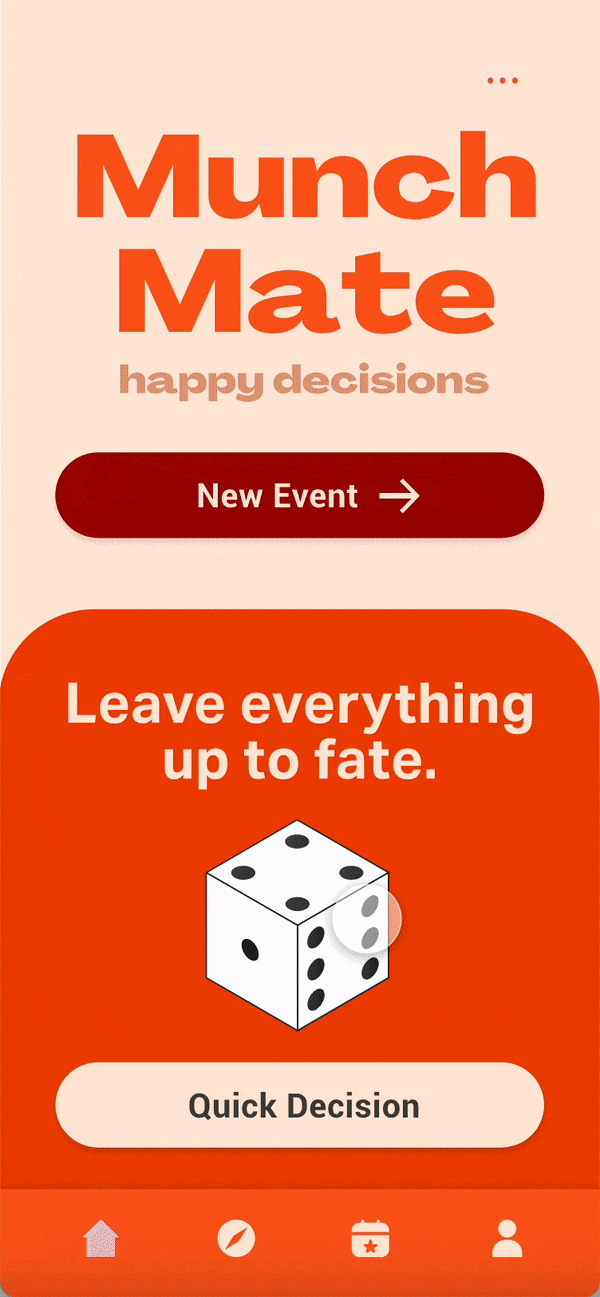

PROCESS 1- EMPATHIZE
01. EMPATHIZE
Research Goal
The research goal for eating indecisiveness would be to understand the processes and underlying factors that contribute to considerable efforts spent on decision-making regarding food and to investigate strategies to help individuals overcome this challenge.
The aim of the research would be to reduce time spent on making satisfying decisions regarding what or where to eat. This may involve exploring psychological, social, and situational factors, and environmental influences on eating behavior, as well as individual differences in factors such as personality, motivation, and eating preferences.
Methodology
Contextual interviews
were conducted during hunger before the user’s mealtime to gather detailed information about decision-making processes of subjects in their natural environment. Contextual interviews can provide rich insights into users’ behaviors, attitudes, and motivations.
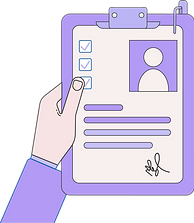
Second-hand Research
was conducted providing a foundation of knowledge and overviewing existing knowledge on the topic, key theories, trends and data. This can help identify gaps in current knowledge and develop more focused research questions.

Relevant Studies
Second Hand Research
The article "Uncovering the Hidden Causes of Indecision" by Dr. Jeffrey Bernstein notes indecision is often a symptom of anxiety, fear of failure, or a lack of self-trust. He also suggests that people’s inability to make decisions are due to plentiful options which cause heightened uncertainty. Socially, people may appear indecisive to please each other to avoid hurting other people’s feelings. He emphasizes the importance of taking small, incremental steps toward making decisions.
Decision fatigue is a psychological phenomenon where the quality of decisions decreases after a long period of decision making. The study explains that decision fatigue can occur when an individual is required to make multiple decisions throughout the day. As the number of decisions increases, the individual's ability to make good decisions decreases, leading to poorer decision-making outcomes. Study suggests that decision fatigue can be reduced by taking breaks, simplifying decisions, and prioritizing important decisions.
The Jam Study conducted by Lyengar and Lepper (2000) examined the effects of offering consumers a limited or extensive selection of jams for purchase on their decision-making satisfaction. The study found that while the extensive selection attracted more attention and led to increased foot traffic, it resulted in fewer sales and lower satisfaction among consumers. In contrast, the limited selection resulted in more purchases and higher satisfaction. The study concluded that too many options can lead to decision paralysis and reduce consumer satisfaction, while a limited selection can improve decision-making and satisfaction.
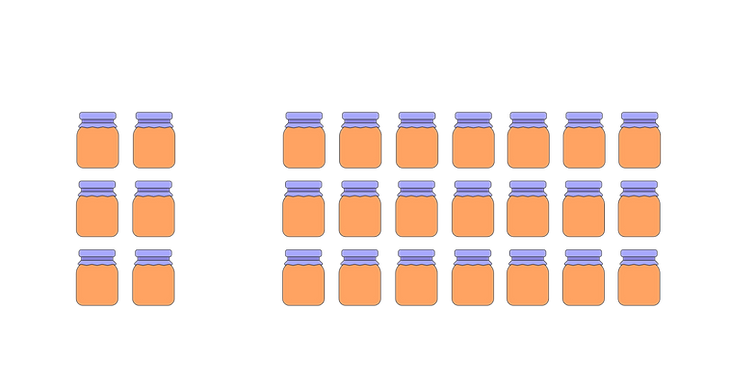
Day 1
6 Varieties
Day 2
24 Varieties
30% Sales
3% Sales
Interview Outcome
Interview Subjects

Bess, 31
Has a boyfriend. Works as a health and beauty influencer.
Takeout
Eat Out
Cooks

Jia Dong, 22
Currently obtaining her Master’s Degree in business analytics.
Takeout
Eat Out
Cooks
%20copy.png)
Mark, 47
Working as a high school principal, married, father of two
Takeout
Eat Out
Cooks

Jason, 28
Working as a sales manager, just married
Takeout
Eat Out
Cooks
Interview Findings
Affinity Board
Group
Decision
Don't enjoy making decisions as a group
Don't enjoy going back and forth in group decision

Worried friends would pick something user doesn't like
Overwhelming number of options
User don't know what they want but knows what they don't want
Too much time spent
on deciding
Individual
Takeout
Decision fatigue - Too many choices
Giving up variety for safe choices
Decision Reversals- second guessing and re-evaluating
Time restraints- hungry
Safe choices at the cost of lacking variety

Anxious- second guessing choice
Pros of
Existing Solutions
Cravings help make decisions easily
Yelp and Google Maps have comprehensive information
Let friends decide prevents hurt feelings and takes the burden off yourself
Providing a few options help friends narrow down decision quicker
Going with the usuals allows safe, fast and stress free decisions

Bookmarks uses pre-made decisions to speed up decisions

Cons of
Existing Solution
Occasionally no cravings to go off from
Time consuming, overloaded with too many options and info
If friend chooses, user might end up eating un-prefered option or in a opinion difference
Difficult to provide narrowed down options to self
Going with the usuals may result to repetitive meals or lack of variety

Lack of quality, quantity or bookmarks for specific category
User Journey Map
Needs Activation
Process
Interactions
Post-Dining Experience
Journey Steps
Actions
Discovery
Decision Making
Dining Experience
"After Taste"
User actions (what do they look for)
Needs & Pains
What does the user want to achieve or avoid?
Touchpoint
What does the user interact with ?
User Feeling
Curious, excited
🤔
😝
🤯
🤤
😤
brain overwhelmed,
intrigued, frustrated
🥰
😕
🤢
🤬
😕
satisfied, "ehh", disgusted
Angry, "ehh", happy
😄
Opportunity
Improve or introduce
Target precise recommendations for narrow down list
Shorten back and forth interactions socially
Shorten time browsing
Stimulate social behavior and learn user preferences/ data
Features to satisfy needs for sharing or venting
Persona




Which personas will interact with this step?
discovery
decision making
dining experience
after taste
Initiate or accept:
Phone call, in person or messaging app
Browsing:
Apps (google, yelp, ins)
Recommendations:
from friends (phone)
Group member preferences:
Phone, messaging
Narrows Down:
App (Yelp, google, ins)
Online reviews:
(yelp, google maps etc.)
Consult Friends:
Messaging app or call
Back and forth:
Messaging app, phone conversation
Transit:
App (uber, lyft) Delivery (uber eats, grubhub, doordash)
Eating Utensils:
(fork, spoon, chopsticks)
Screen (Netflix, Youtube)
Face to face
possible face to face interactions
Message, call, face to face
App:
(google review, yelp review, Ubereats review etc.)
Verbal, messaging or Social media (instagram, snapchat, facebook)
discovery
decision making
dining experience
After Taste
Need to suit user budget and preferences
Happy and satisfaction for everyone in group
Avoid feeling overwhelmed by too many options
Enough preferable options to choose from
User wants to satisfy everyone in group
Wants to feel confident that option will meet expectations
Avoid feeling rushed or pressure
Location close to activity or home
Wants to have a pleasant fulfilling dining experience
Wants food and service to meet expectations
Avoid unpleasant surprises or dissapointments
Needs to feel comfortable while eating
Leave restaurant/
clean takeout
Need to share the joy or unpleasantness by pictures or words
Plan future dining experiences
Receives/initiates invitation to eat out
User looks at what cuisine they are in the mood for online
Considers dietary restrictions
Considers preferences: location, availability, environment
Narrows down list of restaurant options
Read online reviews/ menus for the remaining options
Consults with friend(s) to make a final decision
Back and forth discussion
Until decision is reached
User arrives or food arrives
Consume food and beverages
Enjoys company, alone time, or screen time
(possible interactions with server staff)
User shares experience with friends or family
User writes review on restaurant
Will or will not visit again
Journey Steps
Discovery
Decision Making
Dining Experience
"After Taste"
Competitive Analysis
Yelp
Purpose/ Focus
Focuses on providing user-generated reviews and ratings for various restaurants
Recommendations
Integration/ Ecosystem
Offers detailed user-generated content but may not provide as personalized food recommendations
Has partnerships with some restaurant reservation and food delivery services
Google Maps
Provides a broader range of services, including navigation and location-based information
Provides basic restaurant information but lacks personalized food recommendations
Part of the Google ecosystem, which includes various services like Google Search, Assistant, and Google Pay
Tiny Decisions
Random decision-making app that doesn't specialize in food choices
Tiny Decisions offers random decisions and doesn't provide food recommendations
Operates as a standalone decision-making app without extensive ecosystem integration
PROCESS 2- DEFINE
02. DEFINE
User Personas

Sarah, 29
Marketing Associate
Role: Employee, friend
Living in the city
Takeout
Eat Out
Patience
Story
Sarah just moved to the city for her new marketing associate job. She is a social butterfly, excited to make new friends and trying new things. She is sensitive, headstrong, a little impatient and dislikes arguments. Expert in utilizing her smartphone, from everything from finding new local spots to paying her bills online. Now that she has a job, she finds her time online lessened. Sarah values convenience and efficiency, as she has a busy work schedule and wants to make the most of her free time by enriching her social life.
Challenges
Decision Fatique
Always busy
Conflict in Group Decisions
Back and forth
between options
Goals
Make new friends
Adapt to new work quickly
Make sure everyone is happy
Good work life balance

Memoji

Jacob, 42
Civil Engineer
Role: Father, employee
Living in the city
Takeout
Eat Out
Patience
Story
Jacob is a dedicated employee, a loving husband, and a devoted father. He is patient and articulate, though he can sometimes focus too much on details. He appeals to trying new things but never does because of his busy schedule trying to balance work and kids which keeps him on his toes most of the time. Jacob is happily married and likes to give his wife surprises. Jacob would like to dedicate new experiences to his family, but occasionally grabs work lunches around the area with colleagues. His daughter is hitting puberty and he is stressed about keeping up with her. He treasures his alone time but secretly wishes he has more time to hang out with his buddies.


Memoji
Challenges
Packed schedule
Educating his kids
Work stress- hair loss
Balancing work and family
Goals
More buddy time
Try new experiences with family
Make sure family is happy
Stay afloat at work and peace at home

Lee, 19
Art College Student
Role: Student, friend
Living in the city
Takeout
Eat Out
Patience
Story
Lee is a 19-year-old art college student with a passion for creativity and self-expression. She is a free spirit who enjoys trying new things with friends and exploring different cultures. Her personality is a little introverted but her curiosity helps her form deep relationships easily. Lee is talkative after you get to know her. She is a talented blooming artist who is always looking for ways to improve her skills and expand her knowledge. She spends a lot of time in the studio working on her art projects and is known for her attention to detail and her ability to bring her ideas to life. She would like to explore what college has to offer and join more clubs and social gatherings. Lee's goal in life is to become a successful artist and use her skills to make a positive impact on the world.
Goals
Occasionally homesick
Minor social anxiety
Fear of missing out
Above average grades
Explore cultures
Have the full college experience
Make incredible art
Make new friends
Challenges

Memoji
Key Research Findings/
Pain Point
The pain point that presented itself is choice overload. Which leads to the focal point of the “choosing experience”.
The main problem users face when deciding what to eat is having too many options to choose from, small decisions to make, and information to intake, which can lead to decision paralysis, anxiety, and frustration. As a result, the focus of a UX project aimed at improving the user experience of deciding what to eat should be on making the process of choosing food more efficient, enjoyable, and less overwhelming.
"The Choosing Experience"
Helping you out of choice overload
Opportunities
- Easier to choose what you do know or don't want. The solution do the brainwork
- Selective Options to combat choice overload
- Simplify steps to satiate the need of saving time
- Minimize conflict or awkwardness in a group decision setting
Goals
- Establish Usability: easy to navigate, allow users to quickly find information
- Personalization: recommendations based on user data and past behaviors
- Simplify Steps: Shorten the steps needed to make a decision
- Social Integration: Able to be used by a group and shared
PROCESS 3- IDEATE
03. IDEATE
Workflow Analysis
Before
Hungry
Friend Invitation
Initiate Group Event
Trigger
Exploration
Browse on App
Location
Rating
Check Bookmarks
Search
Unsatisfactory
Budget Check
Reviews Check
Photos Check
Search restaurant
based on location
Narrow down to cuisine
Narrow down selection
based on photos
Selected Restaurant
Propose to group
back &
forth
discussion
Set time based on availability
Decide what to order
Group Outing
Reminder day before
Arrive at restaurant
Wait for food/ order
Consume
Good experience
share, plan
bad experience
share, vent
Opportunity
Shorten search steps
Opportunity
Speed up conversation
After
Onboarding
Hungry
Friend Invitation
Initiate Group Event
Trigger
"Random" feature
Create Group Event
Single decision
Fill preferences
Recommend/match
Solution found
produce information
Not found
aided discussion
vote
Enjoy
produce information
Solution found
leave feedback
User Flow Analysis

Self Decision
Group Decision
Chatable Group
Ideation Inspiration

20 Questions
The 20 Questions toy by Radicas works by using an internal database of questions and answers that it uses to guess the object that the player is thinking of.
The player thinks of an object and answers a series of yes or no questions posed by the toy, which helps the toy narrow down the possibilities until it can make an educated guess about the object the player is thinking of. Are we like that with food? Perhaps theres is something we want to enjoy, but just don't know it yet.

Netflix Browsing
We all had the experience of being so picky about what to watch on Netflix that our food gets cold or nearly finished before we found something we like. Sometimes it happens when friends are around, and we just can't get into agreement. Sometimes a friend in the group might be dissatisfied, but went with the crowd just to get the decision over with. How can we make quick, happy decisions so we can spend more time enjoying and less time with a timer above our heads?
PROCESS 4- PROTOTYPE
04. PROTOTYPE
"
Senario
Hm, if only there was a tool to help decide...
"
Then... someone introduces "Munch Mate"

New User Login
Onboarding
Start Page
Dice
Group Decision
Wireframes
Onboarding session intakes quick and necessary information like allergies and, preferences and dislikes
The syncing of personal preferences and information on past experiences will help the app generate a more accurate response and avoid repetitive places
Three basic modes of selection for different situations. Simple questions along with previous synced and collected data is used to generate a batch of accurate response. Narrowed down selection will save time for the user.
Dice feature enables quicker responses. Generated from past bookmarks, friend recommendation and data collected from the user. All the user need
to do it choose 'next'
or 'yes'
Group decision has the feature of group chat in which a 'dealer' (the app) guides the group decision process to avoid awkward situations and conflict. Instead, effective communication is established. Preferences are filled in the beginning and common bookmarks are also presented as options.
Style Guide
Typography

Color
Warm colors like red hues stimulate appetite
Logo


Slogan
High Fidelity Prototype
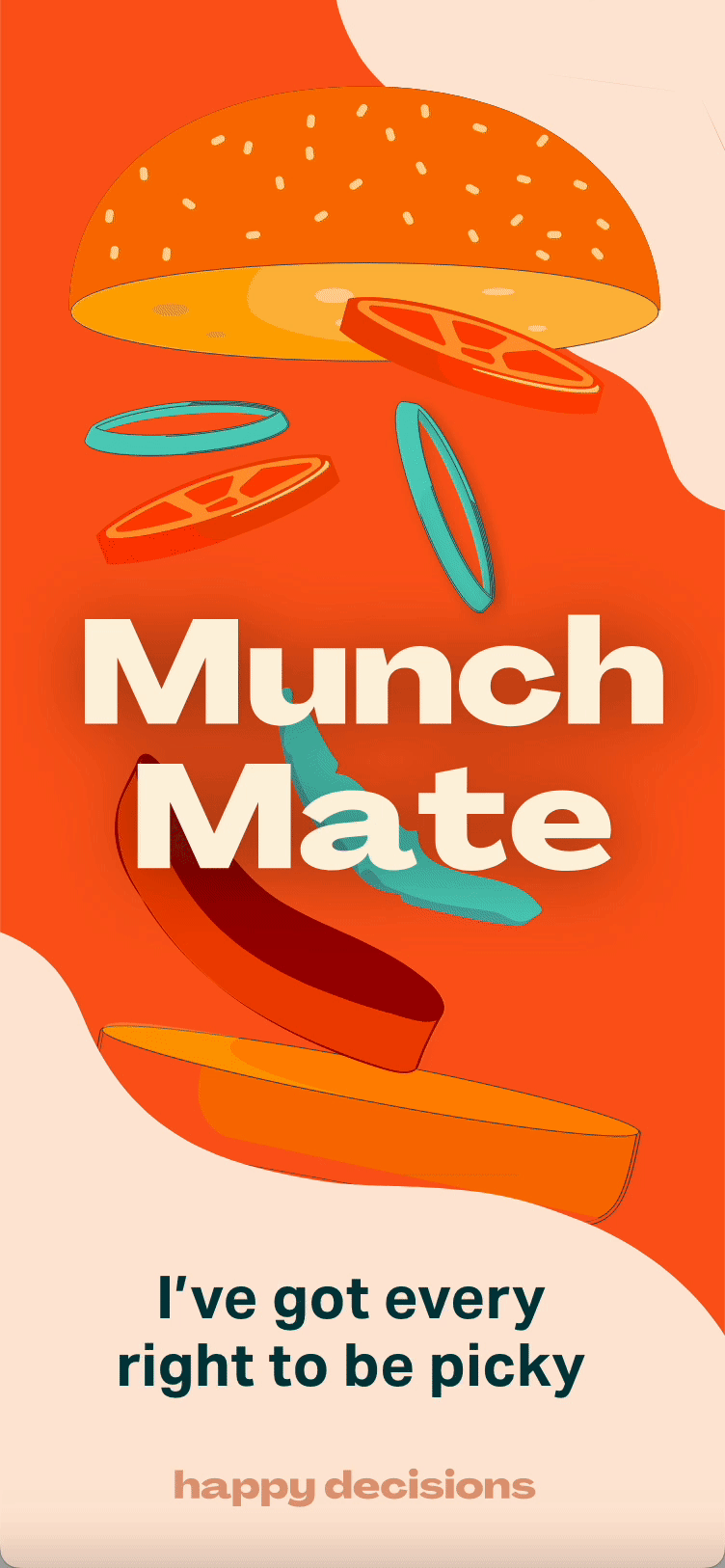

Onboarding
Users are able to pre-select their preferences to save time in the future decision process.


Autoplay


Dice Feature
Based on research, many users pointed out that it was time consuming to decide what to eat and it was easier for them to eliminate options than to generate options themselves. The Dice feature is the quickest way that can generate a decision. Responses are generated by user's likes, bookmarks, food friends have eaten and data collected on user's preferences and habits.

Autoplay

Group Function
Group function enables data to be analyzed in a group setting. Preferences will be filled to give more accurate results. Results can also be voted on to minimize time spent brainstorming restaurants. Suggestion will be based on preferences and personal data, saved bookmarks, allergies and more.
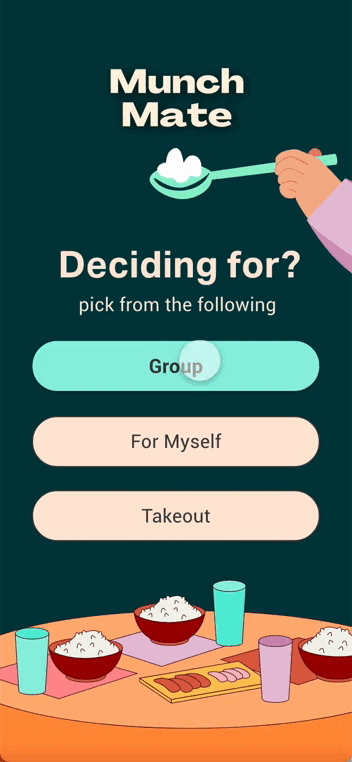
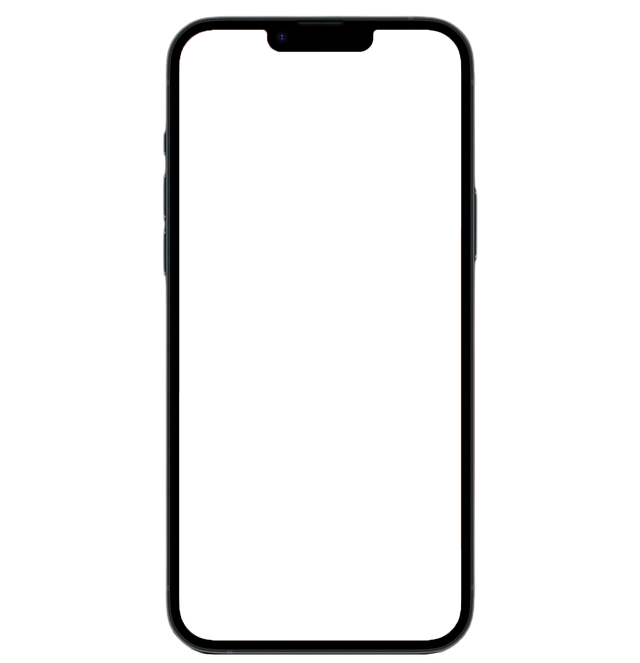

Autoplay
